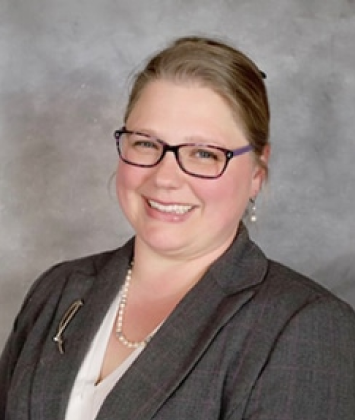Tesla CEO Elon Musk has seen his share of lawsuits, but a recent trademark dispute was anything but “boring.” In fact, it involved one of the entrepreneur’s other ventures — an infrastructure firm named The Boring Company (TBC). When the Delaware-based construction services startup discovered that a Brooklyn snack company filed a trademark application with a similar name, it filed an opposition based on the likelihood of confusion.
The Boring Company LLC’s trademark application for “The Boring Snack Company” was abandoned in October 2021, pursuant to a decision of the Trademark Trial and Appeal Board in an inter partes proceeding. However, there are several critical takeaways from the dispute. The case raises the essential question of whether — or when — a likelihood of confusion can exist between two very different companies.
Why Was the Trademark Opposition Filed?
The Boring Company claimed in its opposition to the snack company’s trademark application that it had been using the double entendre in connection with its construction services since 2006. Subsequently, The Boring Company was founded in 2017 “with the objective of reimagining urban commute through use of underground tunnels,” as stated in the Notice of Opposition. While the services offered by The Boring Company are not likely to be confused with cookies, candy, chocolate covered pretzels, or ice cream, Musk’s firm made a compelling argument to halt the snack company’s filing, nevertheless.
In its opposition to the snack company’s trademark, The Boring Company asserted that it had been successful in selling a variety of goods under the name, ranging from hats to products dubbed “not-a-flamethrowers.” Accordingly, it argued that food goods offered under what was purportedly an identical mark would cause consumers to believe they were promotional or novelty items offered by the company.
The infrastructure company also contended that there were no restrictions or limitations regarding The Boring Snack Company’s channels of trade. Accordingly, this raised the concern that the trade channels in which each company sells their goods could potentially overlap. The Boring Company also noted that the trademark application was filed as an use-in-commerce basis — with a first use date of just two days prior to the filing.
Can the Same Name Be Used for Companies in Two Different Industries?
The United States Patent and Trademark Office permits similar trademarks to be filed if they are registered in different industries. In such cases, the guiding principle is that consumers would not likely be confused if two unalike businesses share the same name. For example, it’s highly unlikely that a consumer would confuse Delta airlines with Delta faucets.
However, there are certain situations in which the use of one name for two businesses would constitute infringement. To determine which party would be permitted use of the mark if a conflict arises, the following factors would be considered:
- Which company used the mark first — Trademark rights are based on first use in commerce. Generally, a mark must be actively used in commerce (or the applicant must have the good faith intent to do so) in order to file a trademark application with the USPTO.
- Which company registered the name first — Although the party who was first to use the mark in commerce typically has prior use rights, registering with the USPTO offers additional protections from potential infringement. Significantly, registration establishes exclusive and definitive trademark rights.
- Whether the two businesses are in the same industry — If the goods or services offered by two different businesses are related to each other, it’s likely that consumers would be confused regarding the source of the product or service.
- Whether the businesses serve the same geographic location — Concurrent use registration allows unrelated trademark owners to register identical marks if they are restricted to specific geographic areas.
In the opposition proceeding, Musk’s infrastructure firm undoubtedly had priority rights in that it was both first to use the mark and register it with the USPTO. Although both companies were selling their goods in interstate commerce, the snack company might have effectively argued that the industries were not related. Importantly, the remaining question in the case was whether consumers would think snack foods offered by The Boring Snack Company were a unique offering by the well-known business, “The Boring Company.”
The Importance of Monitoring Your Trademark
One of the most crucial lessons trademark owners can learn from the case is the importance of monitoring and maintaining a trademark. While the USPTO registers trademarks, confusingly similar trademarks can sometimes be missed during the application examination process. Critically, the USPTO does not notify owners if a similar mark has been published in the Official Gazette — it is the owner’s responsibility to defend their brand against unauthorized use, infringement, or potential dilution.
When a trademark is properly monitored, an owner is alerted in the event they may need to take action to protect their brand. Any party with a legitimate interest in the mark can file a Notice of Opposition within 30 days of publication. Opposition proceedings are heard by the Trademark Trials and Appeal Board and are administrative trials. Discovery is permitted and the parties may request an oral argument.
Contact an Experienced Trademark Attorney
If you discover that another business has filed a USPTO trademark application with a mark that is similar or identical to yours, it’s vital to take the necessary measures to safeguard your brand. Located in Ann Arbor, Michigan, the Trademark Lawyer Law Firm, PLLC works with business owners and entrepreneurs in a wide variety of industries to help ensure their trademarks and bottom lines are protected. Contact us today to schedule a free 15-minute consultation.





